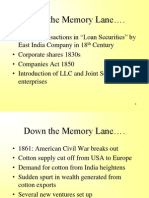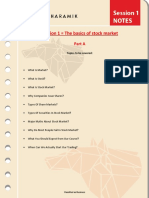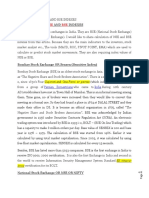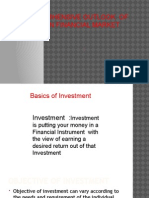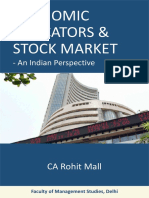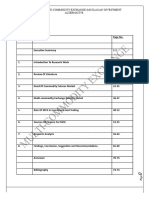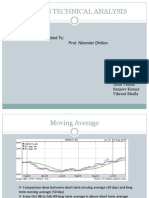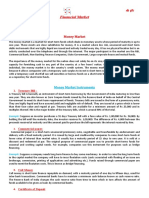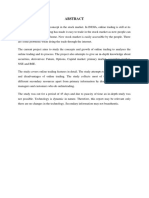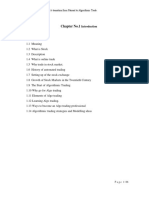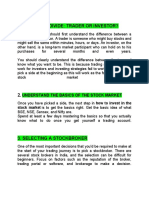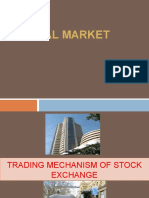0% found this document useful (0 votes)
141 views35 pagesStock Trading Systems Explained
The document discusses the trading system for stocks on exchanges, including types of trading orders, margin trading, and settlement. It describes how trading occurs through brokers on a computerized system and involves two phases - order execution and exchange of securities and cash through clearing houses and depositories.
Uploaded by
sumit vishwakarmaCopyright
© © All Rights Reserved
We take content rights seriously. If you suspect this is your content, claim it here.
Available Formats
Download as PDF, TXT or read online on Scribd
0% found this document useful (0 votes)
141 views35 pagesStock Trading Systems Explained
The document discusses the trading system for stocks on exchanges, including types of trading orders, margin trading, and settlement. It describes how trading occurs through brokers on a computerized system and involves two phases - order execution and exchange of securities and cash through clearing houses and depositories.
Uploaded by
sumit vishwakarmaCopyright
© © All Rights Reserved
We take content rights seriously. If you suspect this is your content, claim it here.
Available Formats
Download as PDF, TXT or read online on Scribd
/ 35
